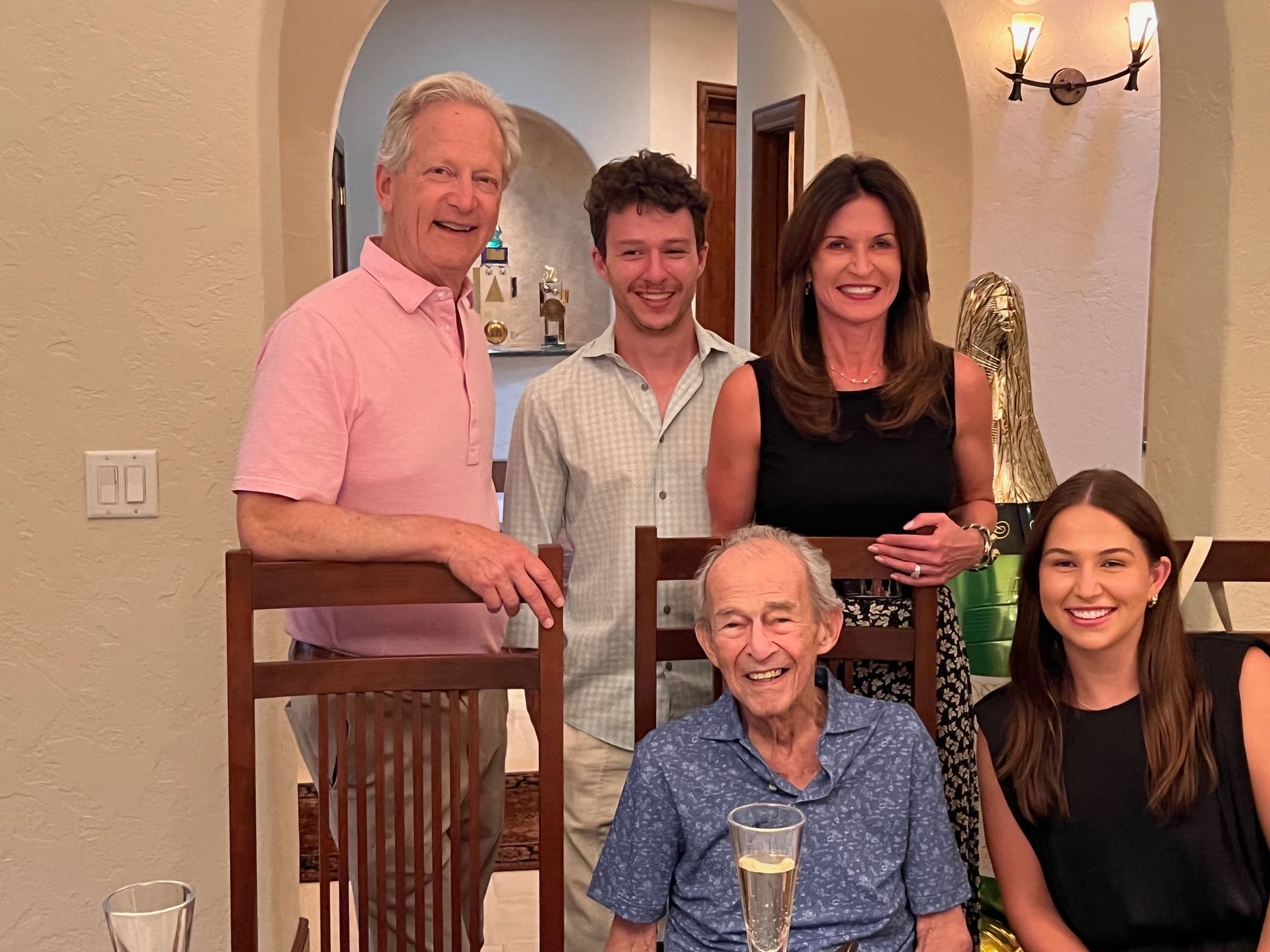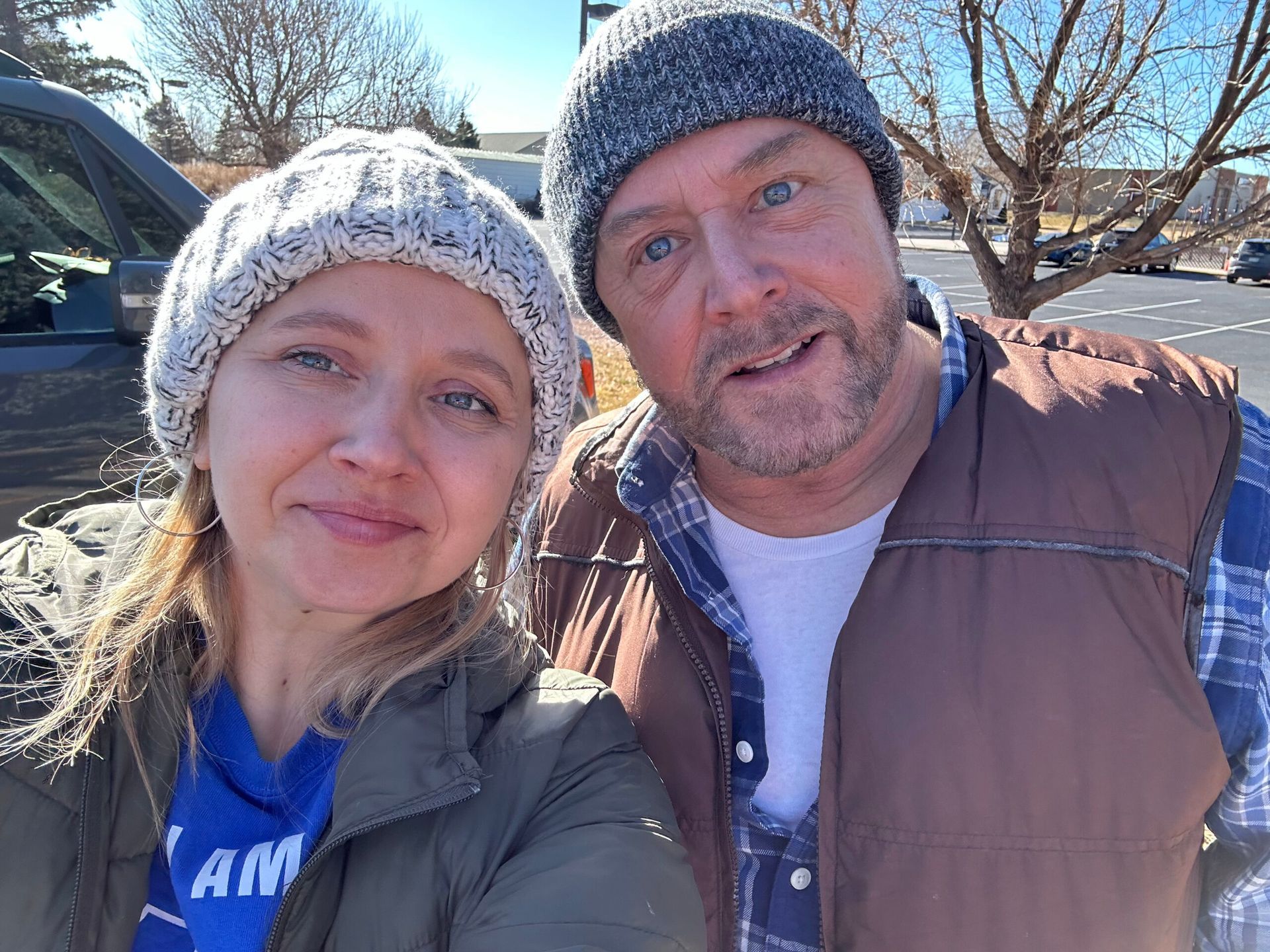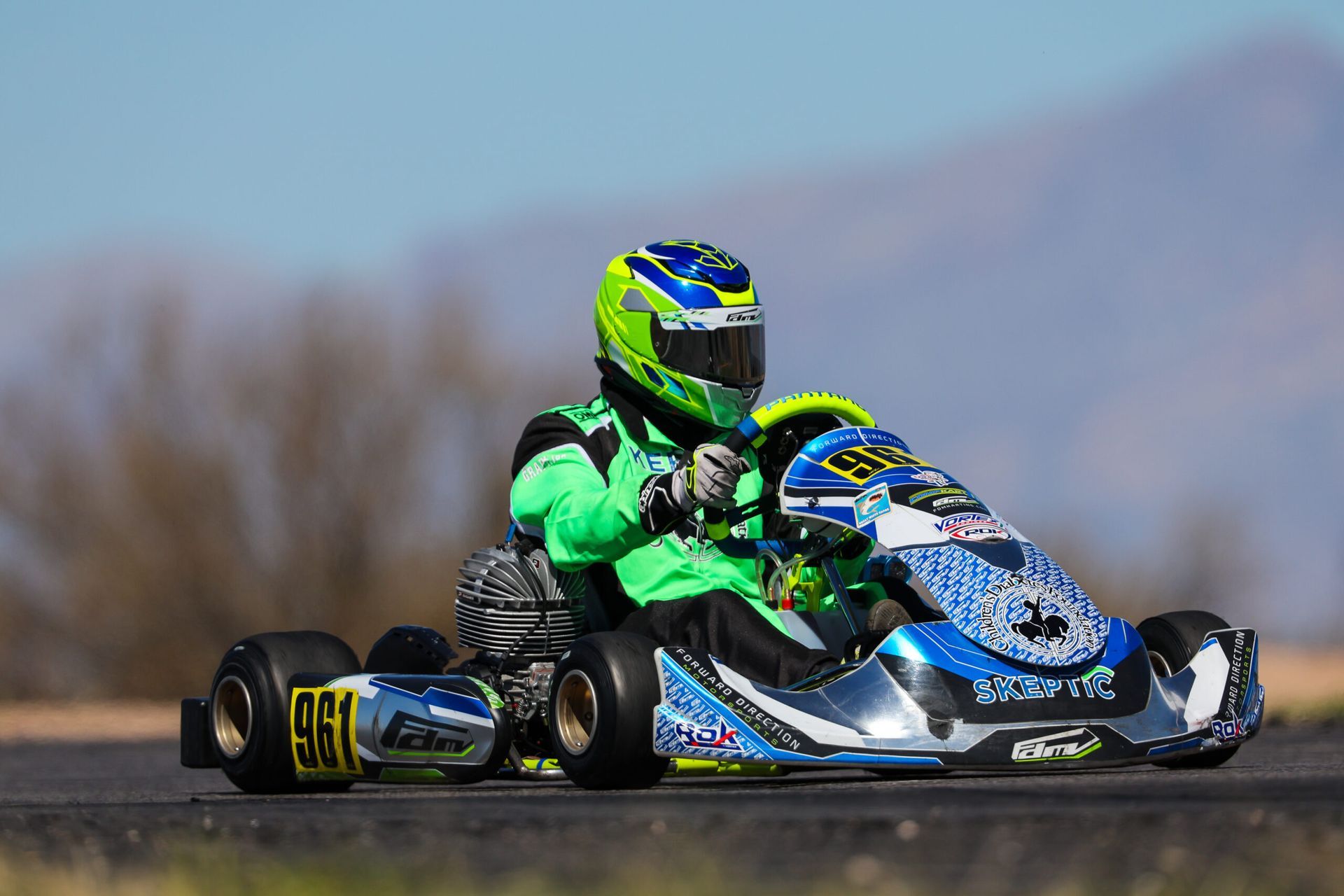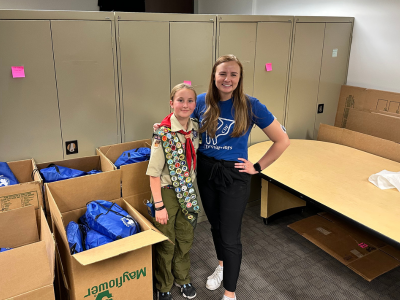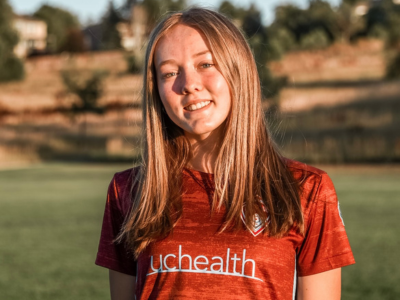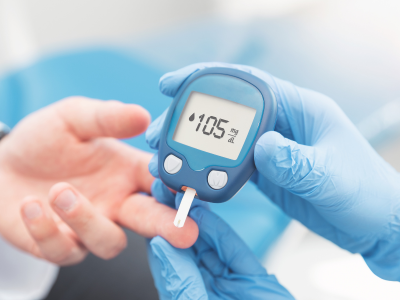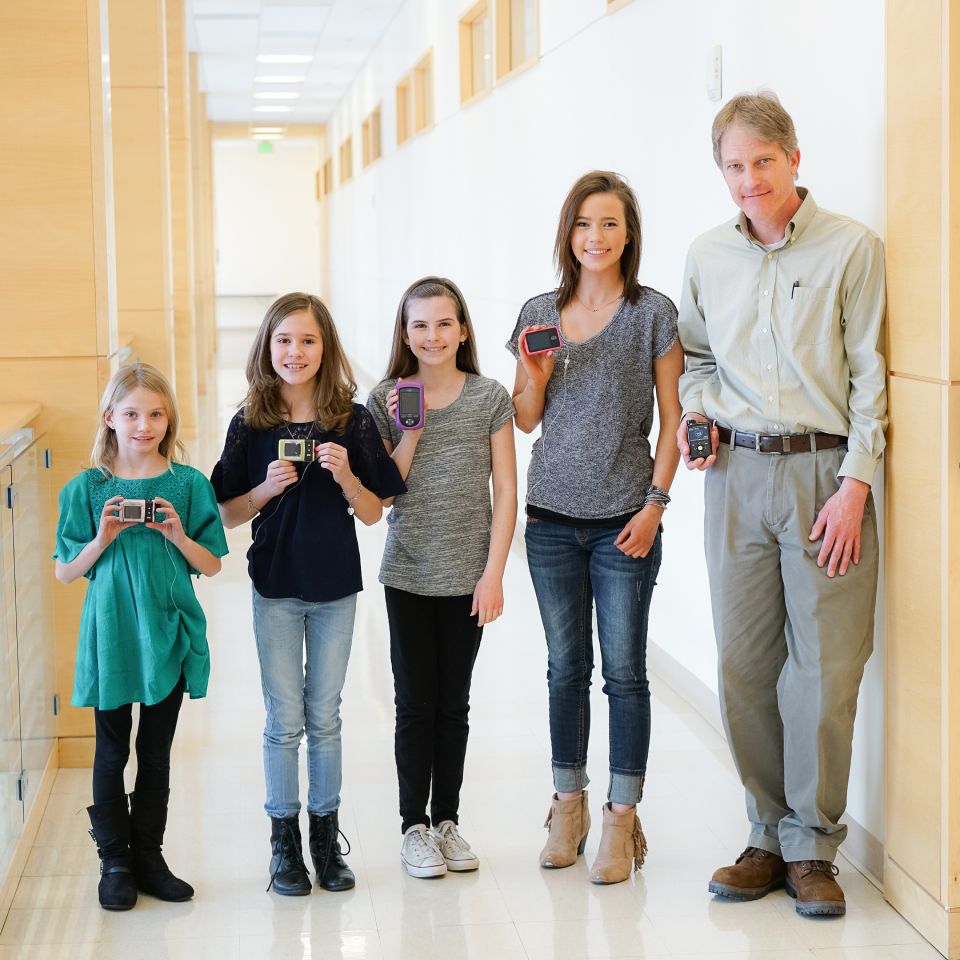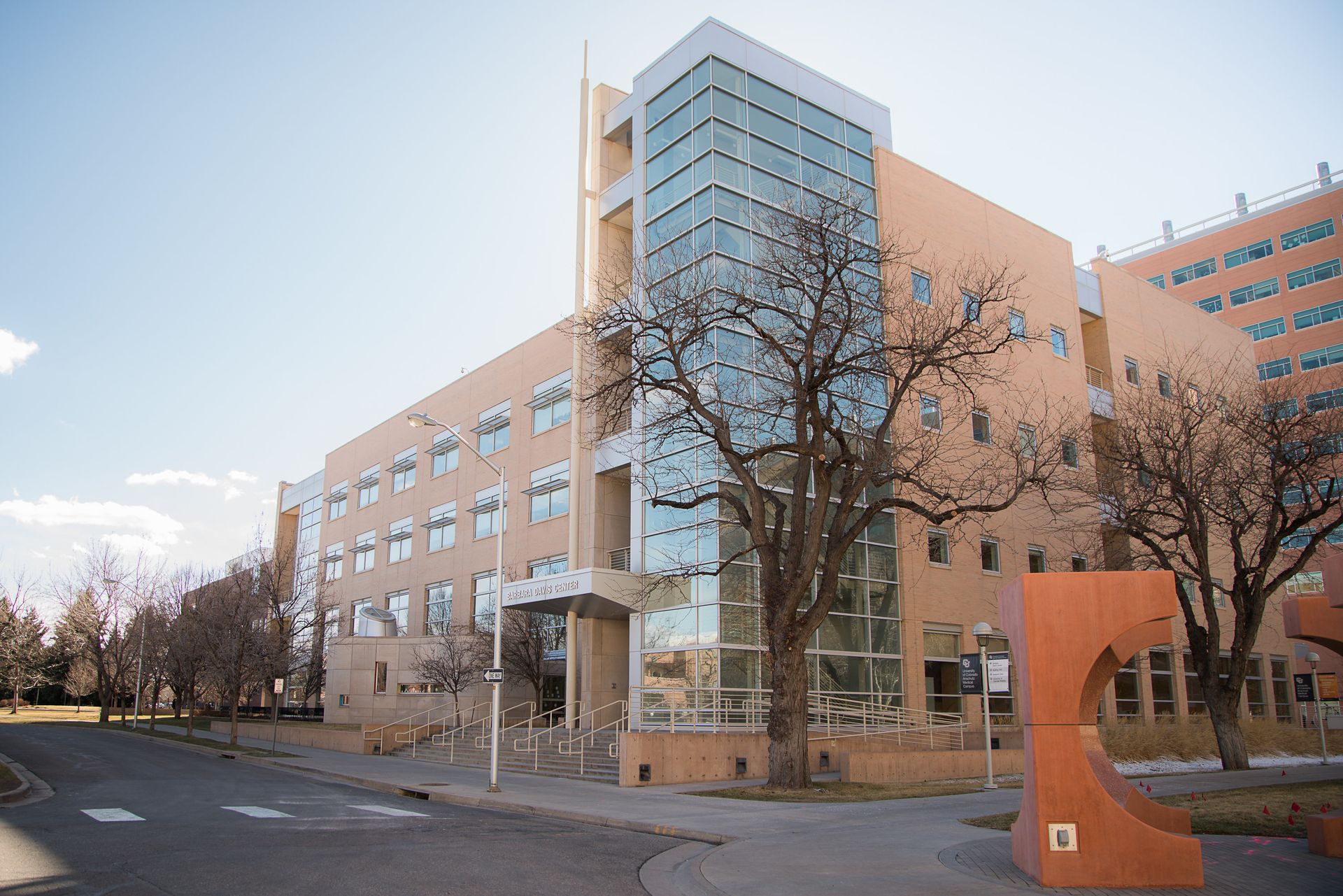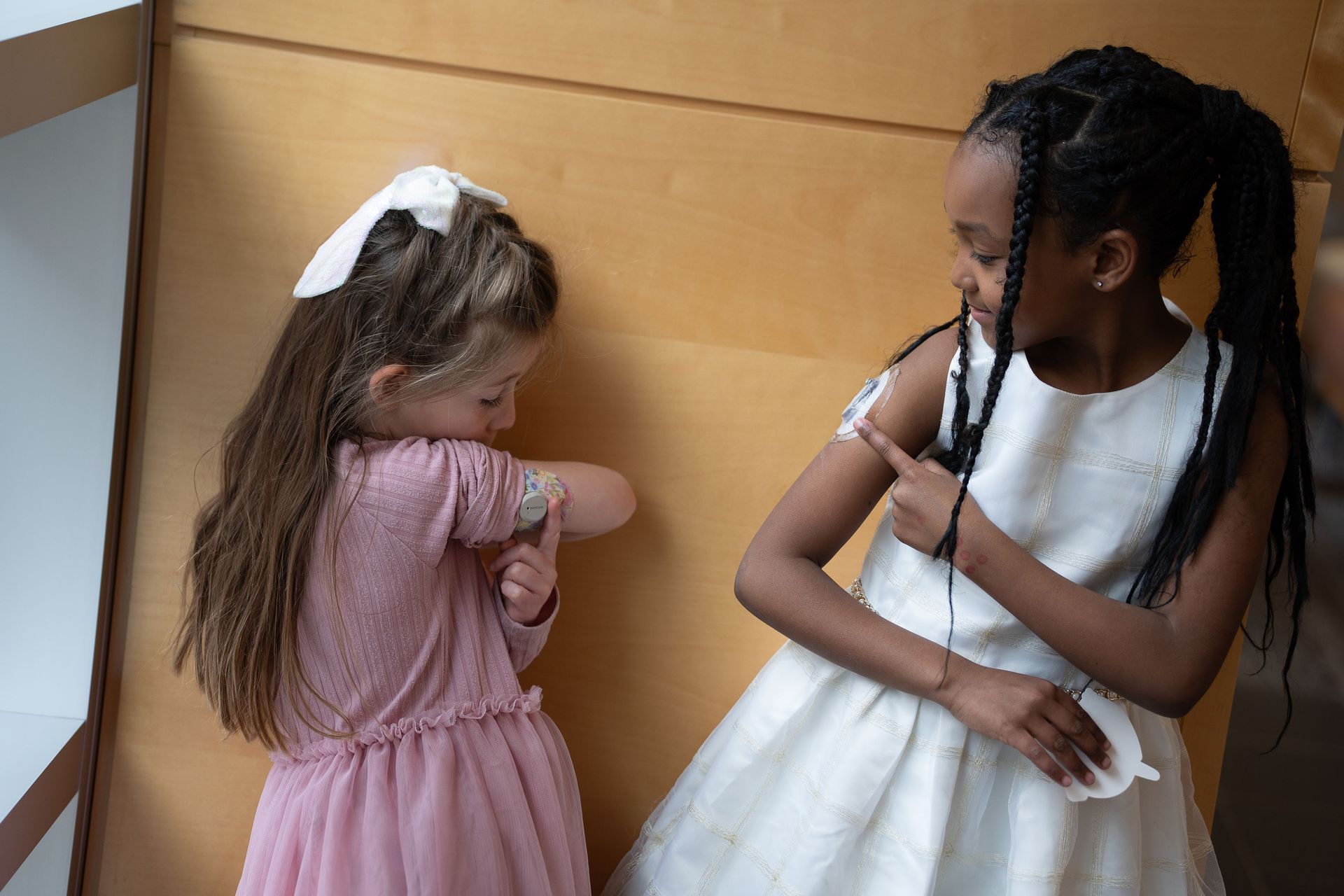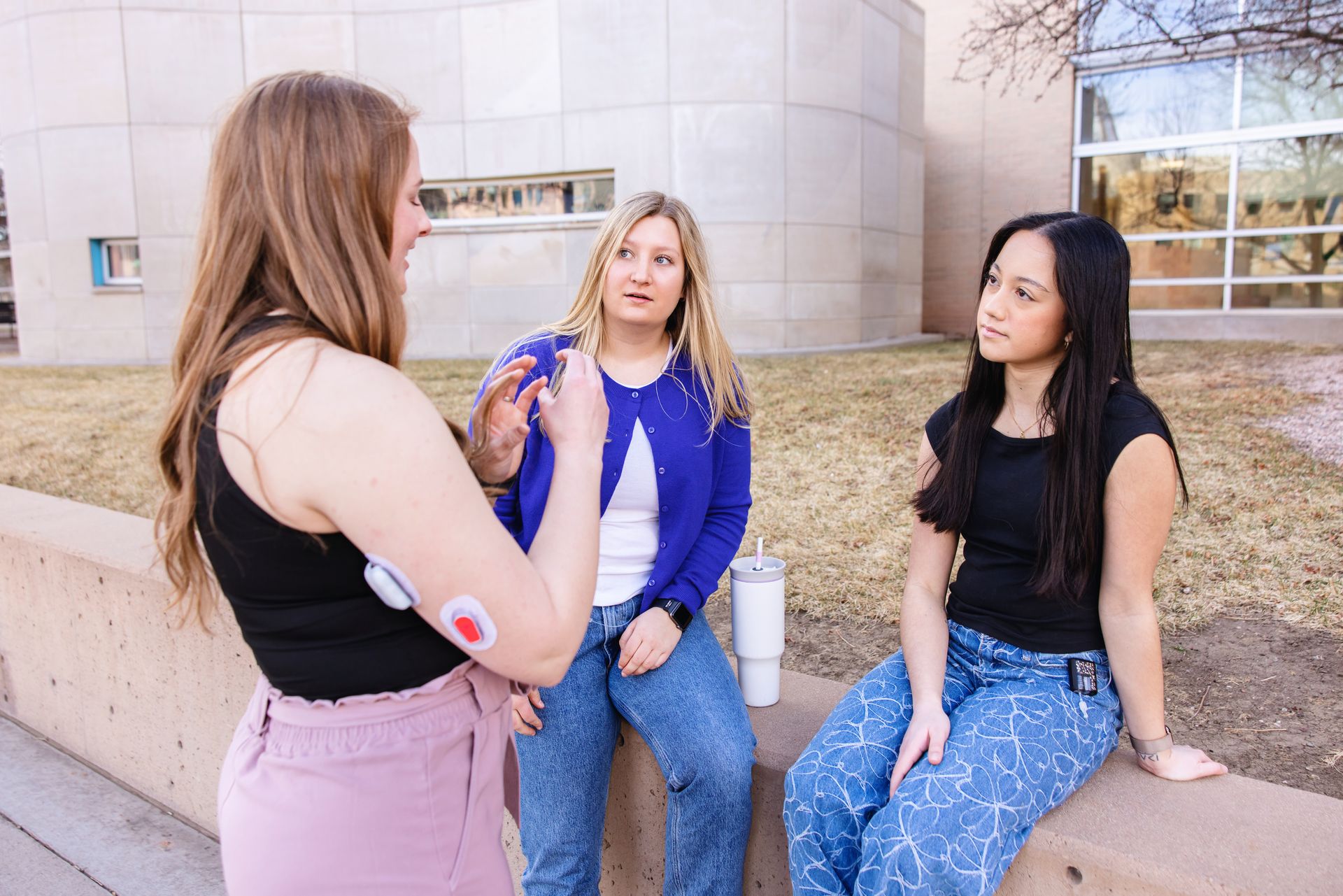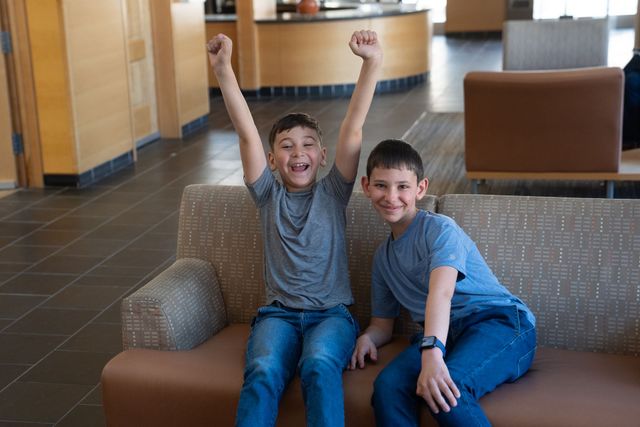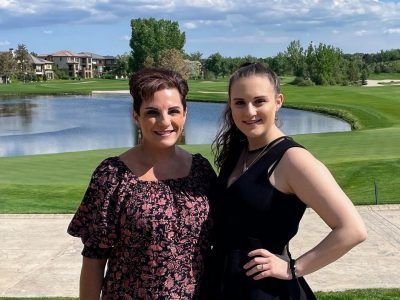MY FIRST COVID-19 VACCINATION DOSE
By Paige Lindbloom
When Governor Polis announced those with two or more high-risk conditions (including type 1 diabetes) would be in the next COVID-19 vaccination phase, I did not expect it to affect me. To my knowledge, I only have type 1 diabetes and I have been lucky enough to avoid other chronic diseases. So it came as a surprise when on Tuesday, March 8, 2021 I received a message on the Barbara Davis Center tool “MyChart” that I was being permitted to receive the COVID-19 vaccine. Thanks to type 1 diabetes as well as my- in my opinion widely inaccurate- high BMI that indicates obesity, I was approved for the newest phase of vaccines. As the potential for being vaccinated has been on my mind for weeks, I knew I wanted to get the shot when presented the opportunity. I did not hesitate to look for an open timeslot to get my vaccine.
I was lucky enough to find a time at 9:10 a.m. the next day for my vaccine at Children’s Hospital on the Anschutz Campus in Aurora, Colorado. That morning I was nervous and honestly wondering if I was making a mistake. For me, my type 1 diabetes isn’t a big enough reason to get put ahead of others with more potentially catastrophic diseases than mine. Yes, there is the science that says COVID-19 can cause more serious consequences for those with T1D than others, but I still hesitated to get into my car that morning to drive to get my shot. It took me a second to breathe, remember that there is order and due process to vaccine eligibility, and that I needed to take the opportunity presented to me before it was gone.
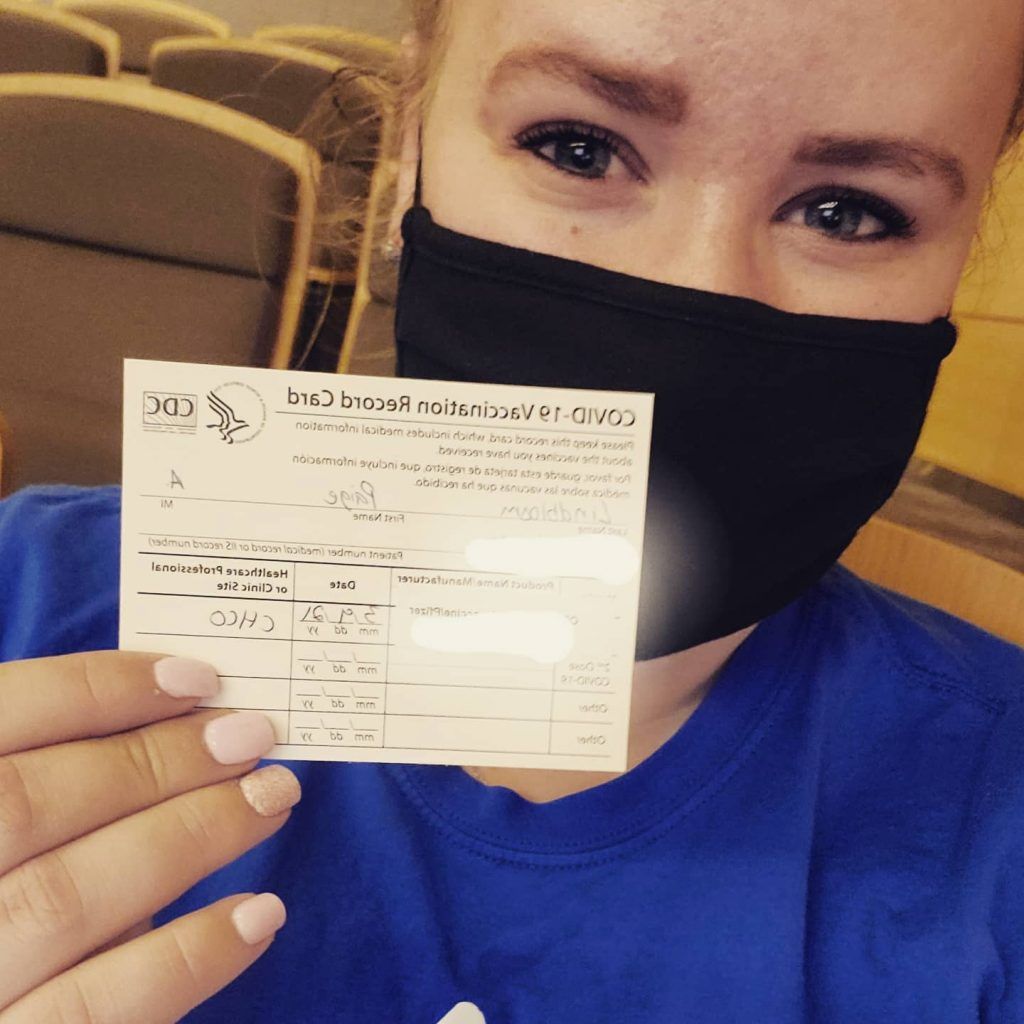
When I arrived at Children’s, all I knew was that I needed to find the vaccine clinic. I had only been to the hospital one time prior to this visit, so I really had no idea where to go. I ended up parking in a garage and walked towards the front entrance. There, a gentleman was clearly directing people on where to go: to the left for general hospital visits and to the right for the vaccine clinic (Easy enough!). Once in the doors I joined a short and masked line with a variety of different individuals all waiting for their COVID-19 screening. After being asked the typical symptom questions, they gave me a “COVID screening” sticker, and directed me upstairs to receive my vaccine.
Again, I had no idea where I was going. I opted for the stairs as I only needed to go up one floor. By the time I arrived at the next level, I felt lost. Luckily for me bright posters indicated where to go for the vaccine, and I followed these signs to a table outside of a ballroom. At this table they verified I was there for the vaccine and handed me paperwork to fill out as well as informational sheets. I then hopped in another line with clearly marked places to stand and filled out my forms. I was asked if I had any questions and then directed to intake personnel who would verify my name and birthdate on the forms. Not once was I asked to pullout my official identification which, looking back, was probably because I had a set appointment and verified my information three separate times. I then waited to be called forward and, a minute later, I was directed to one of many vaccination round tables set up in the ballroom.
At the vaccine table was a smiling woman surrounded by papers, a laptop, and medical supplies. This is also when I noticed the videos playing a loop of bulldog puppies on big screens throughout the room – such a cute and smart touch which made my experience a little more enjoyable. She again verified my name and asked if I have had any allergic reactions to a couple of different things I couldn’t even pronounce. She then asked which arm I would prefer for the vaccine. Because I had my CGM in my left bicep, I elected for my right and dominant arm. Turns out the dominant arm is preferred as it helps you disperse the vaccine more efficiently due to extra movement that your non-dominant arm wouldn’t do – so go me! The nurse then cleaned my upper arm muscle with an alcohol swab, uncapped the shot, and gave me the impossibly painless vaccine. Even as a diabetic, the only time I have ever had a shot feel that way is when I find the perfect fatty-tissue, use emela cream, and don’t look. I was then directed to head to the theater outside of the ballroom as they needed to make sure I was okay for at least 15 minutes post vaccine. I of course stopped at the free snack table on the way out and headed to the supervision area to wait for my 15 minutes to be over. Again, the bulldog video was playing, but otherwise it was pretty boring! I hung out for a while, said thank you to the attending nurse, and walked back out of the hospital to head home.
Post-vaccine, which was my first Pfizer dose, the only symptoms I had were immediately after when I had a metallic taste in my mouth – which is very common – and some pain in my right arm. I had muscle aches in both the injection site and my elbow, which was interesting, that went away roughly 24 hours later. My blood sugars remained incredibly level, with no hyper or hypoglycemic events, and I over all felt good!
The biggest hurdle I had to get over with the vaccination process was the feeling that I shouldn’t have been vaccinated yet. In my eyes, I am not disabled and I have never felt at risk of dying from COVID-19. When I stood in line with others at Children’s Hospital I saw families and kids with breathing tubes, Down Syndrome, mobility complications, and so much more. Even now, the guilt of getting the vaccine before others in that line digs at me. Granted, there is a steady flow of vaccines in Colorado and there have been many more high-risk patients before me who have been able to get their vaccination. I don’t know if I will ever get over the guilt of getting my vaccine before others, but I do consider myself lucky for the opportunity to be considered for defense against COVID-19.
